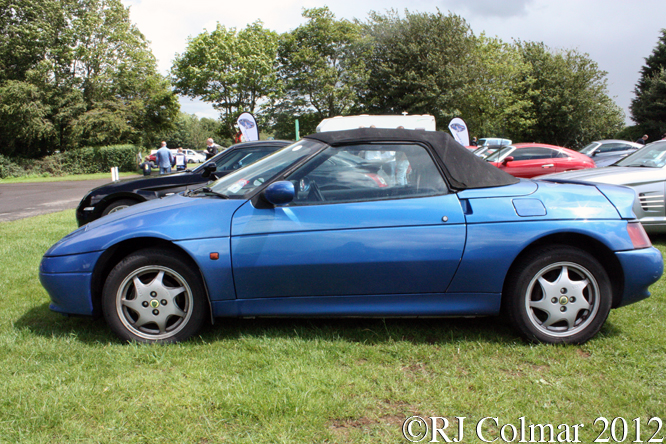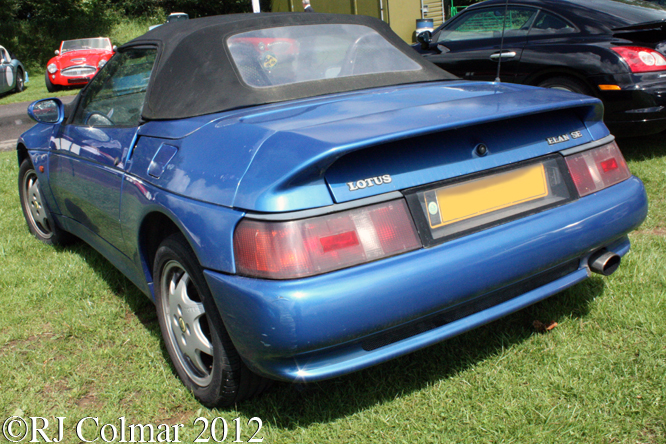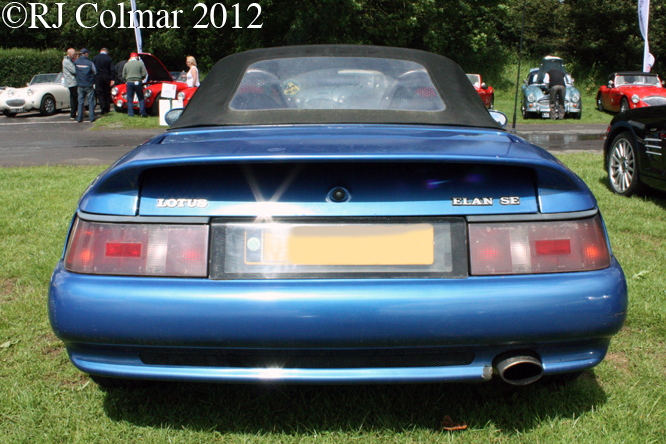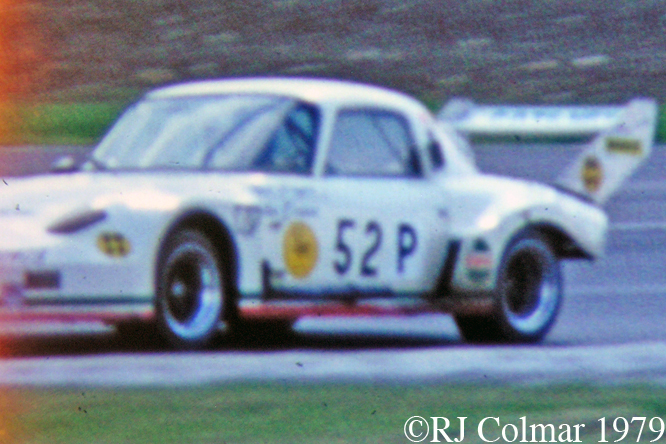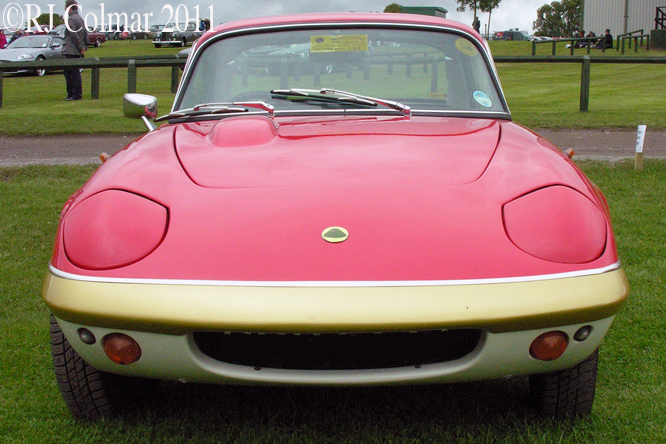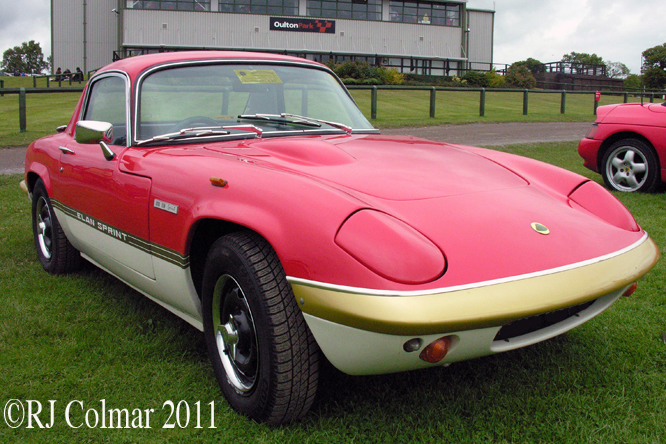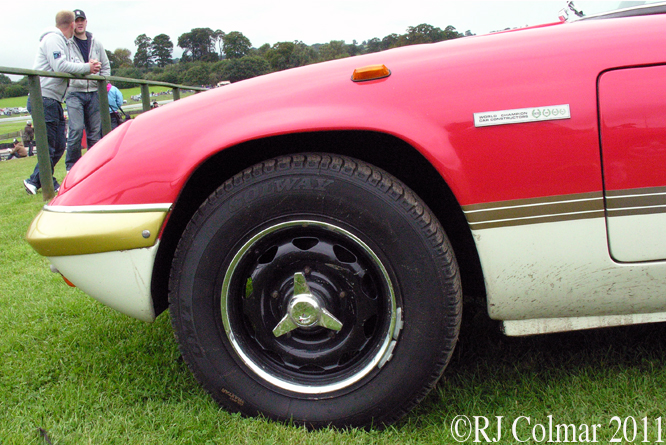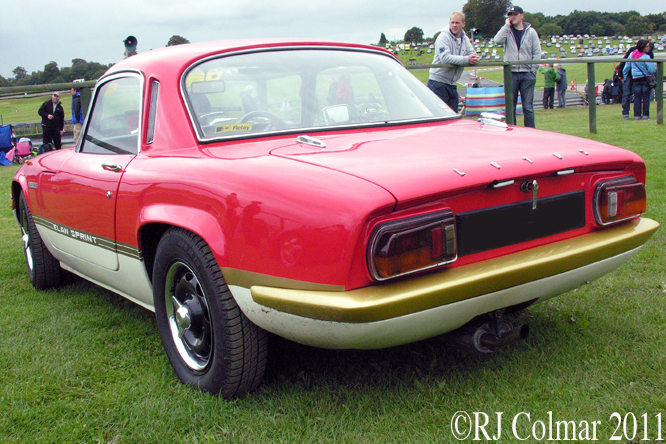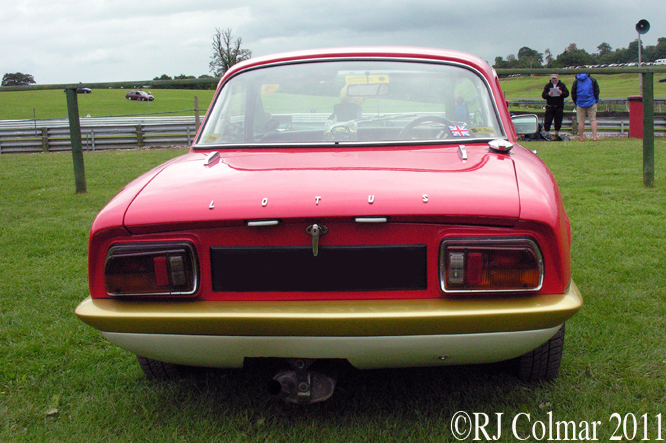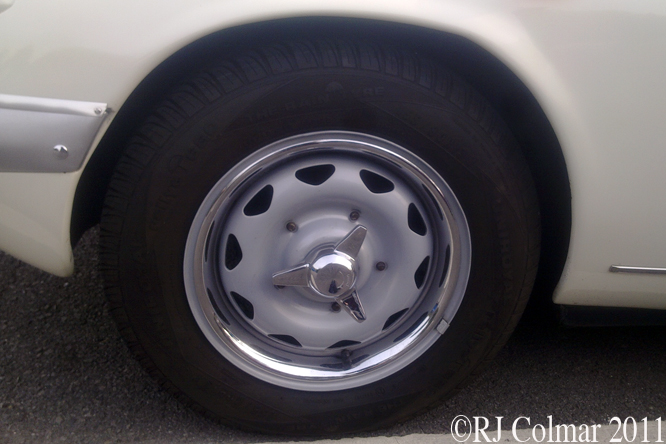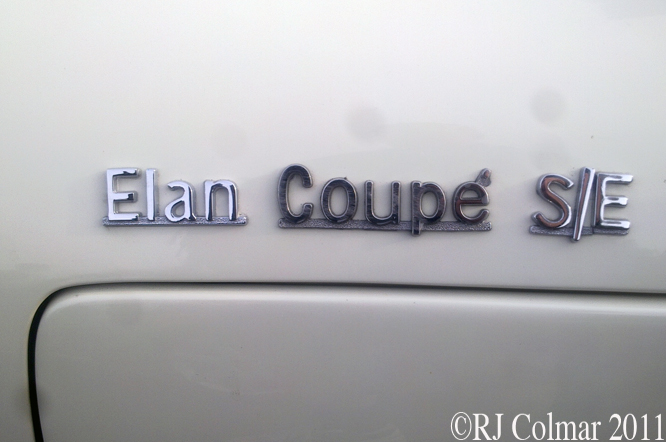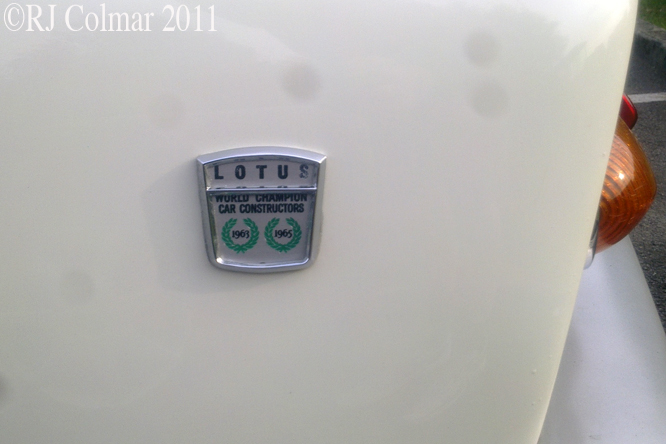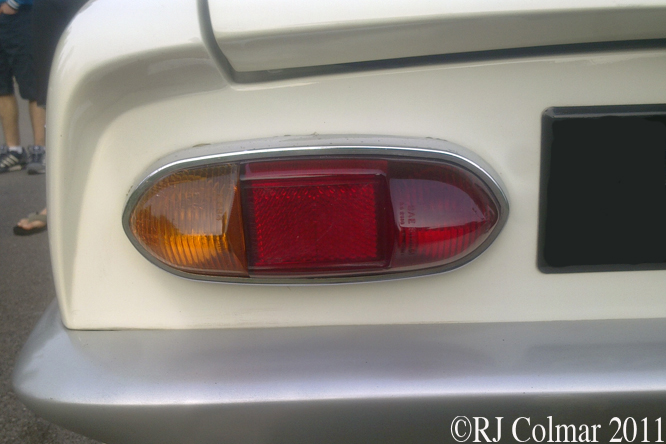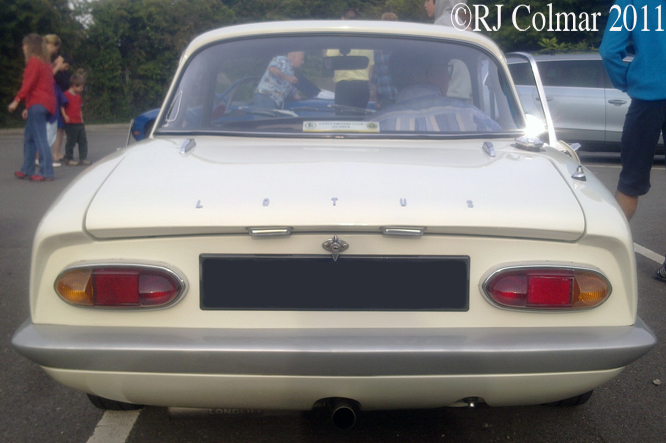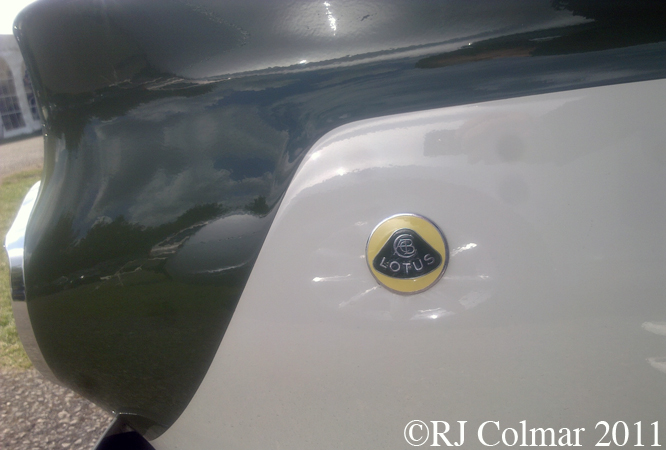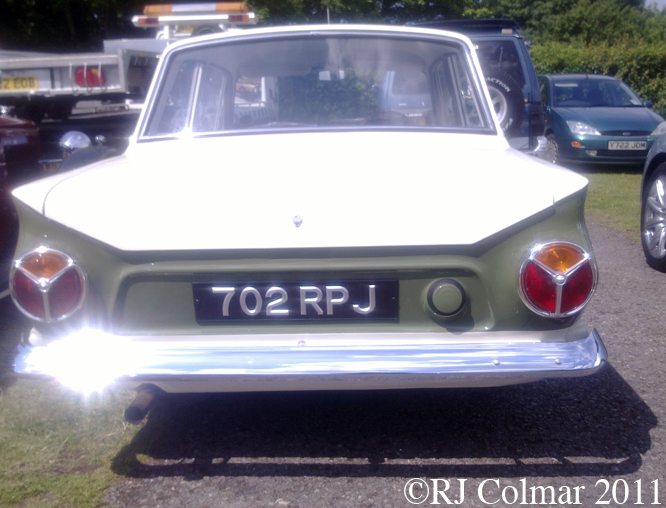When it was launched the Ginetta G21 was well received in the British press albeit as the ‘poor mans Porsche’, while one esteemed journalist described it as the best car at the 1970 British Motor Show.

Refined and practical the well finished fibre glass body sits on a steel back bone chassis as pioneered by the Renault Alpine and Lotus Elan models of the early 1960’s.

The double wishbone and coil front suspension is based on items from the Triumph parts bin while the rear suspension is a five link Ginetta design that locates a Hillman Hunter rear axle.
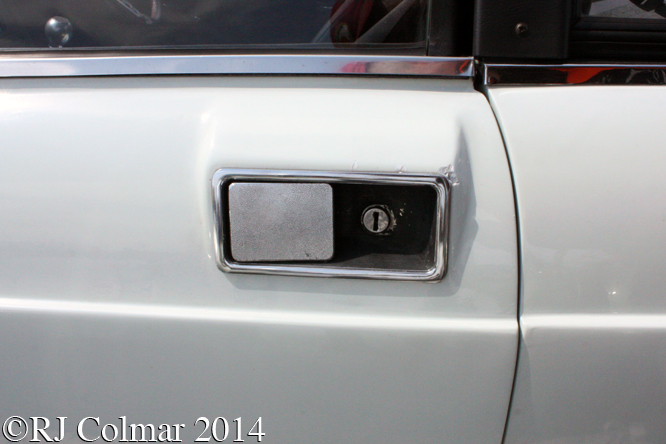
The handling has been compared to the Lotus Elan although the sturdiness and build quality of the Ginetta is said to be far superior. Regular readers might recognise the increasingly famous vertically hinged door handles as coming from the Morris Marina parts bin.

Three engine options were available for the G21 the Ford Kent 1600 cc / 97 cui 4 cylinder, Ford Essex 3 litre / 183 cui V6 and the G21S, as seen here with the Ginetta Owners Club at Silverstone Classic, came with a Hillman based 1750 cc / 106 cui 4 cylinder with Holbay modified alloy cylinder head, Holbay camshaft, twin Weber carburetors lightened and balanced fly wheel to produce 120 hp good enough to go from rest to 60 mph in under 8 seconds and a top speed of 120 mph.

Just short of 70 G21s were produced at in Witham Essex though at least as many again appear to have been produced by later incarnations of the Ginetta marque.
Thanks for joining me on this “Powered By Holbay” edition of “Gettin’ a li’l psycho on tyres” I hope you will join me again tomorrow when I’ll be looking at an Allard. Don’t forget to come back now !










